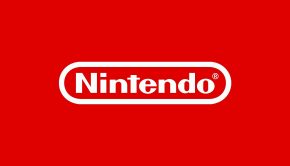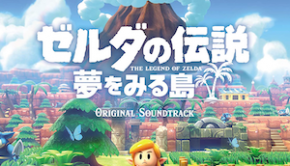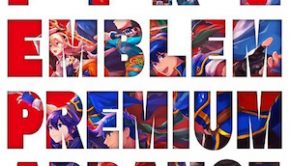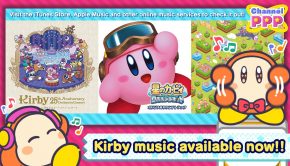Asuka Hayazaki (née Ohta) Profile
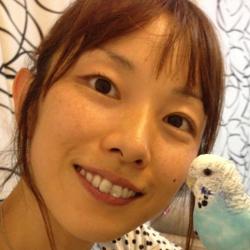 |
Also Known As: 早崎 あすか (はやざき あすか) / 太田 あすか (おおた あすか) / Asuka Ohta / Asuka Ota |
| Date of Birth: 197X (Japan) |
|
| Residence: Kyoto |
|
| Game Works: New Super Mario Bros., Mario Kart Wii, Pikmin 3 |
|
| Official Site: Nintendo |
History
| Organisation | Type | Tenure | Role |
| Nintendo EAD | Game Developer | 2003 – 2009 | Composer |
Biography
Asuka Hayazaki (née Ohta) is the composer of a wide range of titles produced by Nintendo EAD. She learned to play the piano from a young age and was also fond of Super Mario games. Hayazaki received classical training while studying music at university, but also participated in bands with friends and listened to a range of music, including techno. Shortly after graduating, she impressed Koji Kondo so much with her musical experience and was recruited to Nintendo Entertainment Analysis and Development’s sound team in 2003. Debuting on the GameCube’s cooperative multiplayer title The Legend of Zelda: Four Sword Adventures, Hayazaki mixed arrangements of Kondo’s score to A Link to the Past with a few new compositions. Though many of the arrangements were straightforward, whole new passages were added to the two overworld themes. Sumptuous arrangements of Kakariko Village’s theme and an orchestral piece of field music further demonstrated Hayazaki’s musical maturity.
Hayazaki embraced platforming for the first time with light-hearted new compositions for the DS’ Yoshi Touch & Go. Once again, she demonstrated an admiration for Nintendo’s history and even incorporated a number of classic arrangements. She was subsequently chosen as Kazumi Totaka’s assistant on the DS’ Animal Crossing: Wild World after he was impressed with her work on Yoshi Touch & Go. The project was very demanding given she was expected to create a very large number of original compositions and maintain a similar style to its predecessor. The setting themes mixed mellow acoustic pieces, catchy jazz-based tunes, and experimental ambience, while the ’K.K.’ themes proved to be a mixed and quirky bunch. To enhance the interactivity of the title, 24 themes were also composed to change with each hour of the game.
In 2006, Hayazaki composed the majority of the score to New Super Mario Bros. under the supervision of Koji Kondo. Having adored Super Mario Bros. and its soundtrack as a child, Hayazaki was conscious of creating a soundtrack worthy of its legacy. Most of the original music maintained the catchy and endearing aura of the series’ classics, thanks to a combination of the inspired composition and retro synthesis. The artist also extensively incorporated Kondo’s catchy main theme throughout the game and offered some fitting homages to the series’ classic tunes. In another high-profile work, Hayazaki was assigned to co-compose the soundtrack for The Legend of Zelda: Twilight Princess alongside Toru Minegishi. She added to the drama of the game with orchestral and piano-based event themes, as well as a number of battle themes.
The artist returned to the lead role once again for Mario Kart Wii, where she matched the gameplay with frantic compositions and individualising each course with diverse compositions. She went on to handle the music for Wii Fit Plus, building on the concept of the original with soothing, metronomic compositions and lively jingles. The soundtracks for both of these best-selling games were eventually released through Club Nintendo. In guest roles, she also contributed an arrangement of Yoshi Touch & Go’s “Flower Field” to Super Smash Bros. Brawl and produced a special arrangement of Nintendogs for the Touch! Generations Soundtrack. Reuniting with Toru Minegishi, she additionally wrote several pieces of music for The Legend of Zelda: Spirit Tracks in 2009. Available game credits suggest that the artist married shortly after completing this production.
Hayazaki has continued to lead a range of scores in the latest generation of video games. As the sole composer of Nintendogs + Cats, she brought out the gentle tones and jazz/acoustic flavours of the original using the higher-quality instrumental samples of the 3DS. Going on to lead the music production for Super Mario 3D Land, Hayazaki placed an emphasis on playful tones and catchy melodies throughout the production; as with New Super Mario Bros. five years prior, she treated the Super Mario Bros. and Super Mario Land scores as her main sources of inspiration. In the past year, the artist has scored two of Nintendo’s biggest Wii U titles. The artist maintained the essence of Pikmin for its third instalment with classically-inspired lyricism, adaptive tracks, and a cutesy tone. She additionally co-arranged the soundtrack for The Legend of Zelda: The Wind Waker HD; by director’s orders, she stayed faithful to the original throughout while enhancing the instrumental samples somewhat.
References:
– Various Game & Album Credits
– VGMdb Discography
– Interview with Nintendo (Japanese, January 2005, Archived)
© Biography by Chris Greening (September 2007). Last updated on June 20, 2013. Do not republish without formal permission.
Posted on June 20, 2013 by Chris Greening. Last modified on March 21, 2014.

